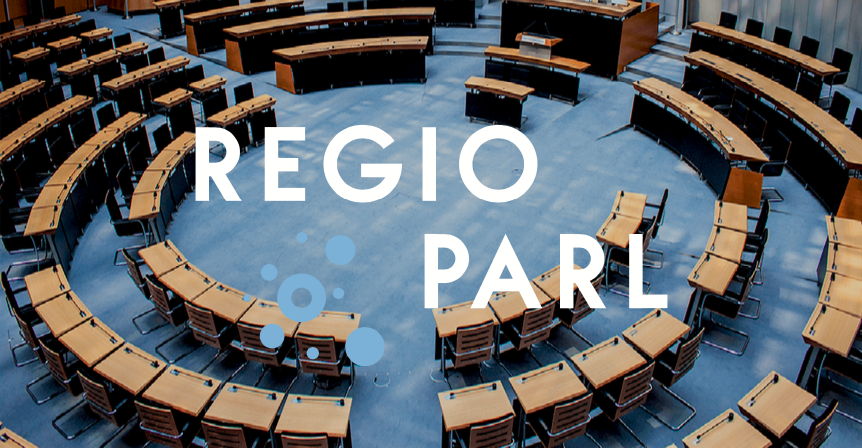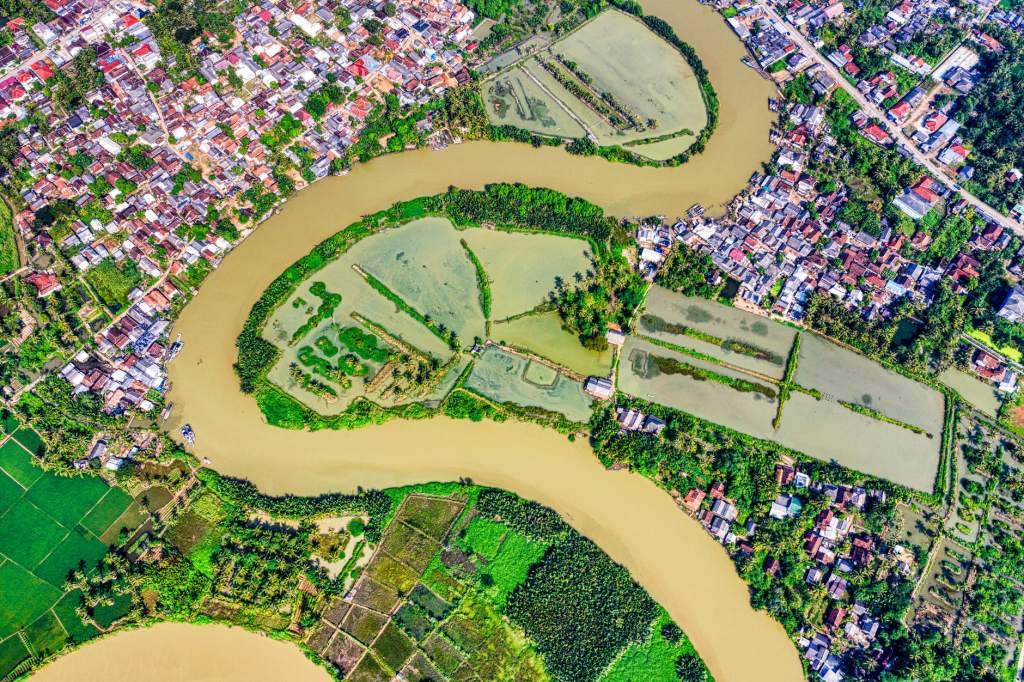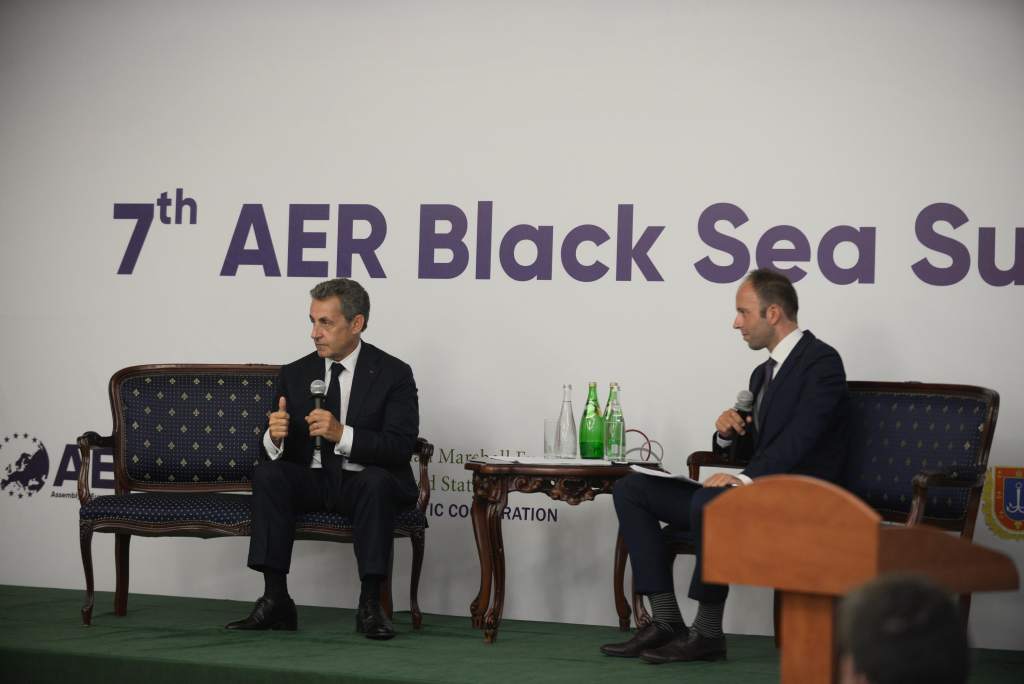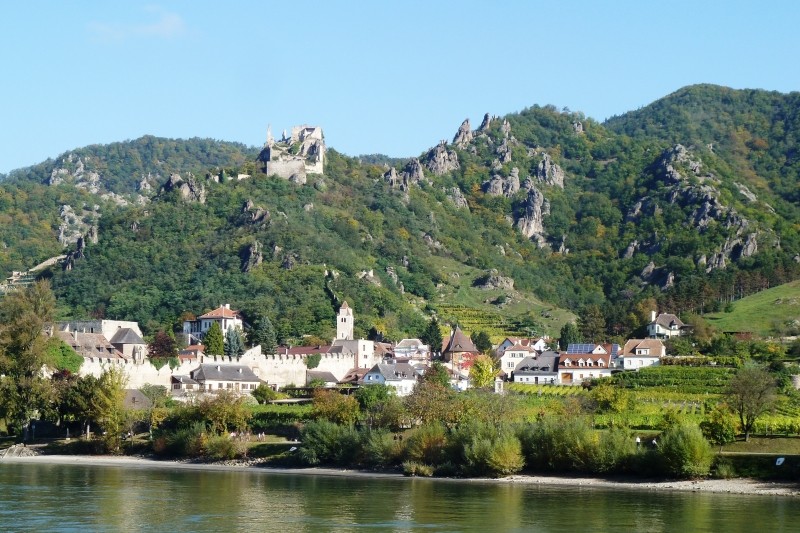Debating the Role of Regions in the Digital Era

During the AER Bureau Meeting which took place in Brussels on 5 December 2019, the AER Taskforce on Digitalisation hosted a panel debate on Regions in the Digital Era at ... Read More












